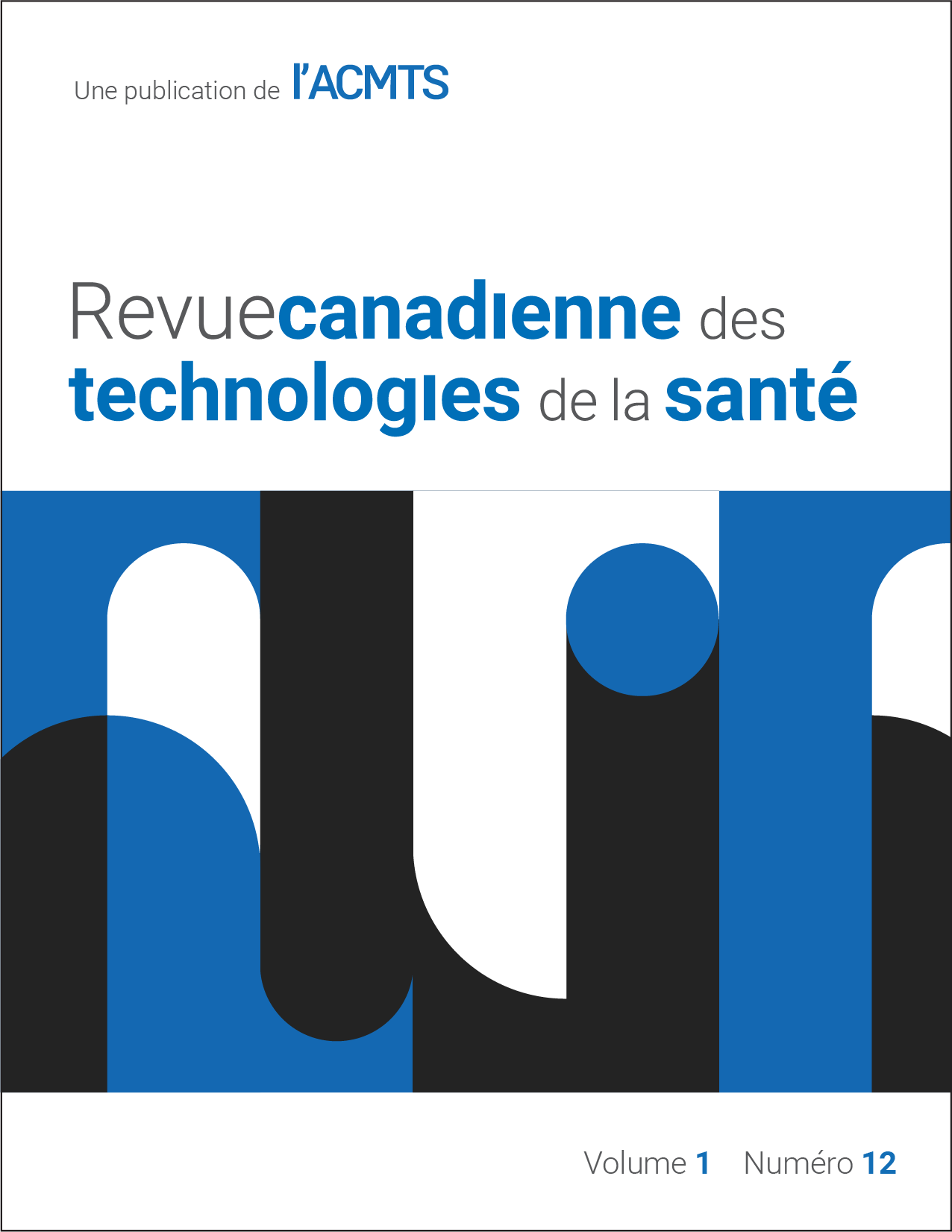Examens d’une technologie de la santé
Publication : December 2, 2021
Messages clés
- Le plasma sanguin est utilisé par les sociétés pharmaceutiques pour fabriquer des produits médicinaux. Ces produits servent ensuite à traiter des affections comme les déficits immunitaires et les troubles hémostatiques. Plusieurs figurent à la Liste modèle des médicaments essentiels de l’OMS. D’après l’OMS, l’autosuffisance reposant sur des dons volontaires (non rémunérés) de plasma est un objectif national important pour veiller à ce que l’approvisionnement réponde aux besoins de la population.
- En Australie, en Nouvelle-Zélande, au Royaume-Uni, aux Pays-Bas et en France, le prélèvement du plasma aux fins de fractionnement est réservé aux secteurs public ou sans but lucratif. Dans ces cinq pays, le fractionnement du plasma est confié par contrat de service ou de sous-traitance à une société privée, qui fabrique les produits médicinaux dérivés du plasma prélevé au pays. Aucun de ces pays ne rémunère les donneurs. Les gens peuvent donner une fois toutes les deux semaines (total annuel de 24 à 26 dons).
- En Autriche, en Tchéquie, en Allemagne et aux États-Unis, le prélèvement de plasma sanguin est effectué par les secteurs public ou sans but lucratif ainsi que par des centres de prélèvement privés. Dans ces quatre pays, les centres, qu’ils soient privés, publics ou sans but lucratif, offrent aux donneurs une rémunération et d’autres incitatifs non pécuniaires. Alors que la Tchéquie limite les dons à une fois toutes les deux semaines, les autres pays autorisent des dons beaucoup plus fréquents : l’Autriche, l’Allemagne et les États-Unis permettent respectivement 50, 60 et plus de 100 dons par année.
- L’Autriche, la Tchéquie, l’Allemagne et les États-Unis (où des sociétés privées prélèvent le plasma et rémunèrent les donneurs) sont totalement autosuffisants en ce qui concerne les immunoglobulines. Ces quatre pays sont ceux qui recueillent le plus de plasma, provenant de donneurs rémunérés. En 2017, l’Autriche, la Tchéquie, l’Allemagne et les États-Unis ont prélevé respectivement 75, 45, 36 et 113 litres par 1 000 habitants de plasma aux fins de fractionnement. Les pays qui ne rémunèrent pas les donneurs, comme l’Australie, la Nouvelle-Zélande, le Royaume-Uni, les Pays-Bas et la France, dépendent jusqu’à un certain point de donneurs rémunérés des États-Unis et de l’Union européenne pour leur approvisionnement en plasma ou en produits médicinaux dérivés du plasma importés.
- La recherche documentaire limitée réalisée dans le cadre de l’analyse de l’environnement n’a pas fait ressortir de publications sur des cas de transmission de maladies par des produits fabriqués à partir de plasma sanguin de donneurs rémunérés ou non, sur l’influence des centres de prélèvement (qui rémunèrent ou non les donneurs) sur la collecte de sang total ou d’autres composants sanguins, ou sur les couts à long terme associés à l’autosuffisance plasmatique pour les systèmes de soins de santé.

